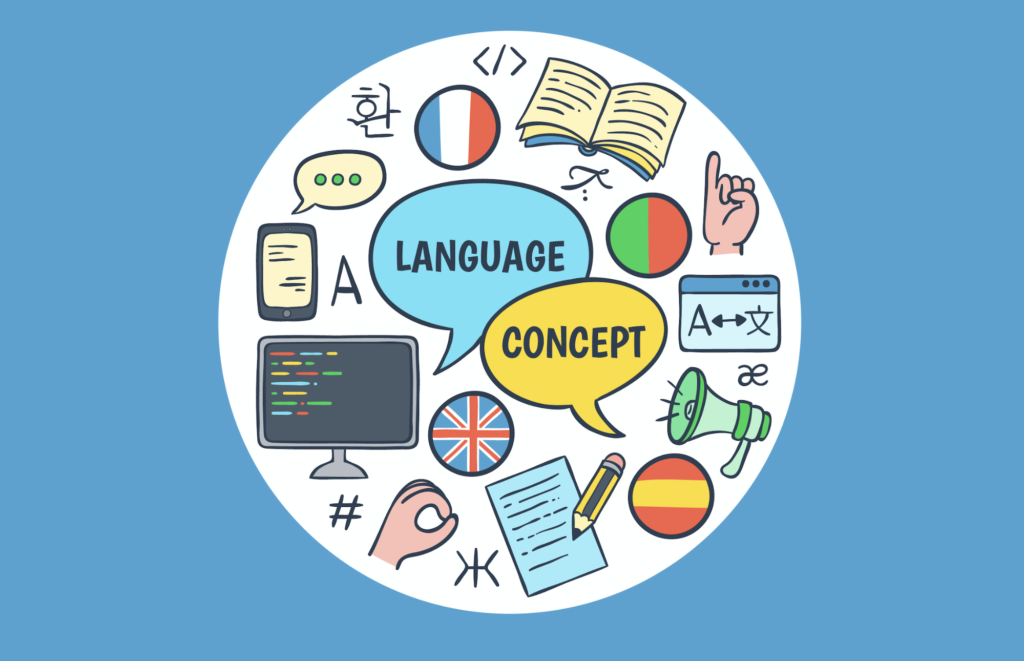Ideas in Spanish 2025: Shaping the Future of Language Learning
Related Articles: Ideas in Spanish 2025: Shaping the Future of Language Learning
- Black, White, And Grey Bathroom Ideas For 2025: A Timeless And Sophisticated Palette
- IDEAS Definition English 2025: A Vision For The Future Of Language Learning
- 1600-Word Article On Invention Patent Ideas For 2025
- Forest 2025: A Vision For Sustainable Forests
- Easy Witch Makeup Ideas For 2025: Unleash Your Inner Sorceress
Introduction
With great pleasure, we will explore the intriguing topic related to Ideas in Spanish 2025: Shaping the Future of Language Learning. Let’s weave interesting information and offer fresh perspectives to the readers.
Table of Content
Video about Ideas in Spanish 2025: Shaping the Future of Language Learning
Ideas in Spanish 2025: Shaping the Future of Language Learning

Introduction
The year 2025 marks a significant milestone in the evolution of language learning. As technology continues to advance and the world becomes increasingly interconnected, new ideas and innovations are emerging that are transforming the way we learn and teach Spanish. This article explores some of the key ideas that are shaping the future of Spanish language learning, offering insights into the latest trends and best practices.
Immersive Learning Experiences
One of the most significant trends in Spanish language learning is the rise of immersive learning experiences. These experiences aim to replicate the natural environment in which language is acquired, allowing learners to fully engage with the language and culture.
-
Virtual reality (VR) and augmented reality (AR) are increasingly used to create immersive learning environments. These technologies allow learners to explore virtual worlds and interact with native speakers in real-time.
-
Language immersion programs continue to be a popular option, providing learners with the opportunity to live and study in a Spanish-speaking country. These programs offer a unique opportunity for learners to immerse themselves in the language and culture, accelerating their progress.
Personalized Learning
Another key idea shaping the future of Spanish language learning is the concept of personalized learning. This approach recognizes that each learner has unique needs and preferences, and that the learning experience should be tailored to meet those needs.
-
Adaptive learning platforms use artificial intelligence (AI) to track learner progress and adjust the difficulty of the material accordingly. This ensures that learners are always challenged at the appropriate level, maximizing their learning potential.
-
Personalized feedback is essential for effective language learning. AI-powered feedback tools can provide learners with immediate and specific feedback on their pronunciation, grammar, and vocabulary. This feedback helps learners identify areas for improvement and accelerate their progress.
Gamification and Motivation
Gamification is the use of game elements in non-game contexts to make learning more engaging and motivating. This approach has been shown to be effective in language learning, as it taps into the natural human desire for competition, achievement, and reward.
-
Language learning apps often incorporate gamification elements, such as points, badges, and leaderboards. These elements make learning more fun and motivating, encouraging learners to spend more time practicing.
-
Online language games provide a low-stress environment for learners to practice their Spanish skills. These games can be played against other learners or against the computer, making learning a social and enjoyable experience.
Technology-Enhanced Assessment
Technology is also transforming the way Spanish language learning is assessed. Traditional pen-and-paper tests are increasingly being replaced by technology-enhanced assessment tools that provide more accurate and comprehensive feedback.
-
Computer-based assessments can adapt to the learner’s level and provide real-time feedback on their performance. This allows learners to identify areas for improvement and track their progress over time.
-
Speech recognition technology is used to assess spoken Spanish. This technology can provide accurate feedback on pronunciation, intonation, and fluency.
Collaboration and Community
Collaboration and community are essential for effective language learning. The internet has made it easier than ever for learners to connect with other learners and native speakers, creating a global community of language learners.
-
Online forums and social media groups provide learners with opportunities to ask questions, share resources, and connect with other learners.
-
Language exchange programs allow learners to practice their Spanish with native speakers while helping native speakers learn their own language.
Conclusion
The ideas shaping the future of Spanish language learning are driven by the advancements in technology, the recognition of individual learner needs, and the importance of engagement and motivation. Immersive learning experiences, personalized learning, gamification, technology-enhanced assessment, and collaboration are all key trends that are transforming the way we learn and teach Spanish. By embracing these ideas, we can create more effective and engaging language learning experiences that will empower learners to achieve their language goals.
As we approach 2025 and beyond, the future of Spanish language learning looks bright. With the continued advancements in technology and the growing global demand for language skills, Spanish language learning will continue to play a vital role in education, business, and personal growth.
![[IMGSRCTITLE2]](https://elucabista.com/wp-content/uploads/2019/04/Future-languages.jpg)
![[IMGSRCTITLE3]](https://cdn-infographic.pressidium.com/wp-content/uploads/Catching-A-Glimpse-Into-The-Future-of-Learning-Infographic-960x621.jpg)
![[IMGSRCTITLE4]](https://spanishviaskype.com/wp-content/uploads/2019/11/Infographic-future-simple_Spanish-Grammar-600x849.jpg)
![[IMGTITLE5]](https://www.thecodinghub.com/wp-content/uploads/2023/04/FutureProgrammingLanguages2025.png)
![[IMGTITLE6]](https://gurmentor.com/wp-content/uploads/2020/03/gurmentor.com-benefits-of-learning-a-second-language-2020-03-11_20-22-11_560442.jpg)
![[IMGTITLE7]](https://ideatranslations.com/wp-content/uploads/2022/10/Blog_7-10.jpg)
![[IMGTITLE8]](https://image1.slideserve.com/3388027/shaping-the-future1-l.jpg)
![[IMGTITLE9]](https://www.codeavail.com/blog/wp-content/uploads/2023/08/Future-Programming-Languages-2025-1.webp)
Closure
Thus, we hope this article has provided valuable insights into Ideas in Spanish 2025: Shaping the Future of Language Learning. We appreciate your attention to our article. See you in our next article!